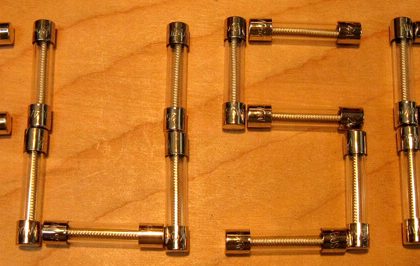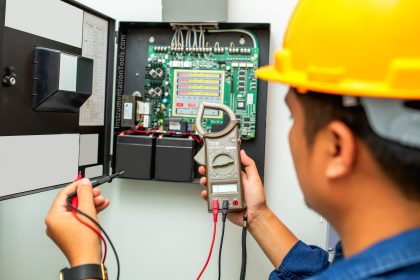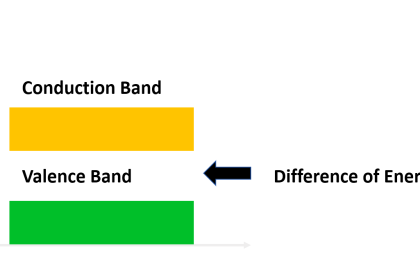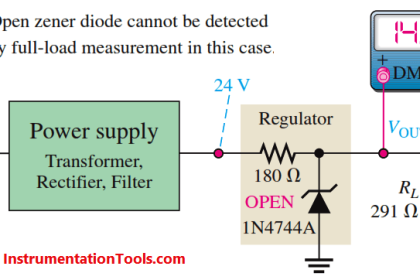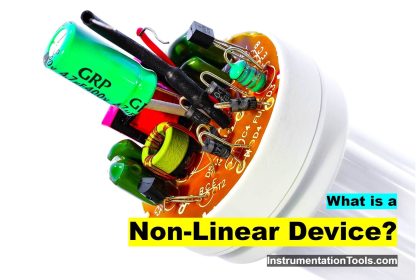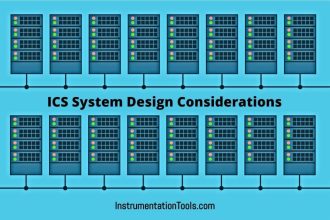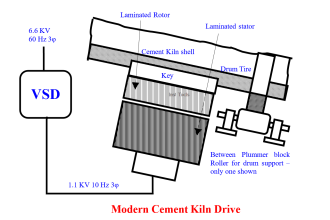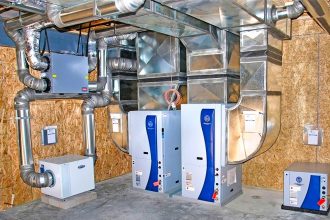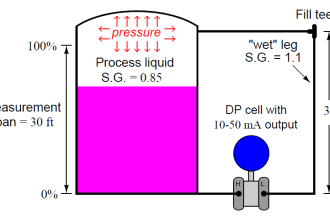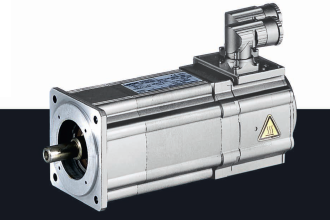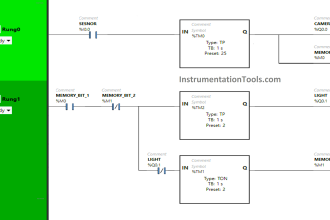Electrical wire mesh is a convenient, efficient and economical means of improving grounding systems at large industrial facilities of high voltage installations and wherever large area communications grounds are required.
Wire Mesh reduces step and touch potentials at substations and effectively minimizes ground plane fluctuations at communications antenna sites. This mesh is also an excellent antenna ground plane, reflector and electronic shield for large facilities.
Electrical Wire Mesh
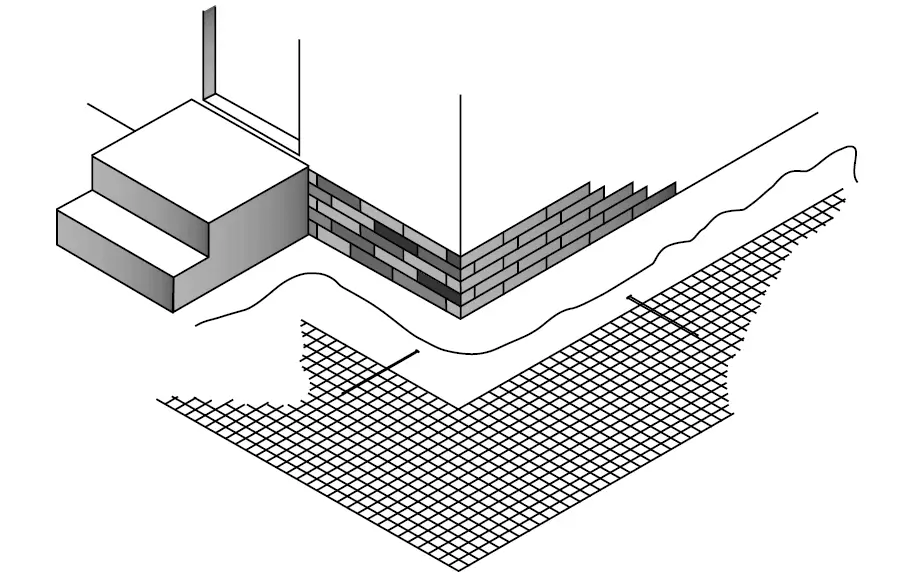
Personnel Safety Mats of prefabricated wire mesh are ideal safety mats to protect operators against lethal touch potentials at manually operated disconnect switches.
Prefabricated wire mesh is made from solid wire, either copper or copperbonded steel wire. The copperbonded wire has the strength of steel and the conductivity and corrosion resistance of copper. It is available in either 30% or 40% conductivity of copper, although 30% is the most popular.
All joints of the prefabricated wire mesh are silver brazed at the wire crossing points. This method provides joints strong enough to resist separation during installation and to bear the traffic of construction vehicles. Like the wire itself, the silver brazed joints are highly resistant to corrosion.
A non- corrosive flux is used in the brazing process that will not promote corrosion after the mesh is installed. The electrical conductivity of a silver brazed joint is excellent because of the low resistivity of the silver brazing material.
Prefabricated wire mesh is custom made to meet the needs of the installation. Wire size can range from No.6 AWG to No.12 AWG (0.162 inch to 0.081 inch diameter). Widths up to 20 feet (6.0 m) are available. The length will depend on the roll weight which has a limit of 500 pounds (227 kg).
Prefabricated mesh is easily installed with no digging or trenching. It is simply unrolled like a roll of carpeting.
Communications and shielding applications require connections to the grounding electrode system. When used as shielding inside a building, it is attached to the floor, walls and/or ceiling, depending upon the installation. It can be stapled to the wall studs or ceiling joists before the finished surface is installed.
Mesh can also be installed in the concrete slab to be used as a signal reference grid (SRG). Embedded ground plates connected to the mesh and flush with the floor are used to connect to the equipment. While thin flat strip SRGs are usually used and laid on top of the finished concrete, embedded mesh installations are also popular.
Prefabricated wire mesh, when installed in large areas requiring interconnections between rolls, is furnished with the cross wires overhanging the outside long wire equal to an amount of 1/2 the mesh size plus 2 inches.
When prefabricated wire mesh is used for personnel protection from faults at switch handles, it is usually made in 4 by 4 feet or 4 by 6 feet rectangular sheets although larger sizes can be made. Some users also purchase the mesh in rolls and cut off pieces as needed.
Do you face any problems with grounding? Share with us.
Reference: erico
Read Next:
- Where to Terminate the Cable Shield?
- Advantages of Grounding
- Questions on Hazardous Area Safety
- Different Types of Maintenance
- Study about Electrical Standards
